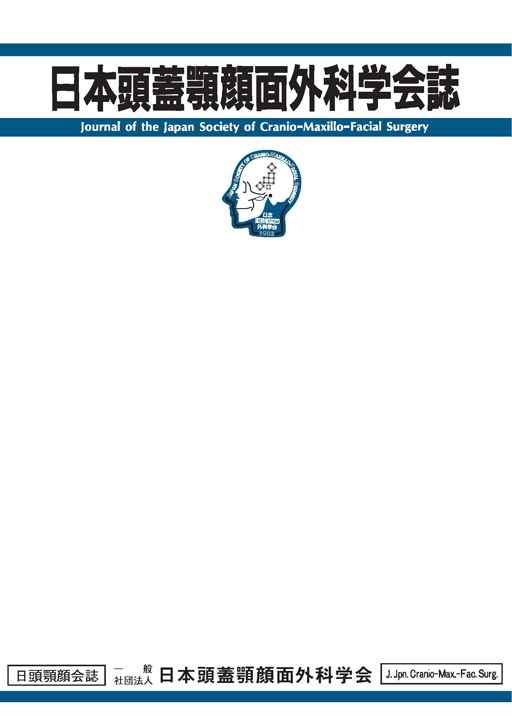Volume 36, Issue 3
Displaying 1-9 of 9 articles from this issue
- |<
- <
- 1
- >
- >|
Feature Article : How I Do It
-
2020 Volume 36 Issue 3 Pages 89-98
Published: 2020
Released on J-STAGE: September 25, 2020
Download PDF (2820K) -
2020 Volume 36 Issue 3 Pages 99-103
Published: 2020
Released on J-STAGE: September 25, 2020
Download PDF (836K)
Original Article
-
2020 Volume 36 Issue 3 Pages 104-108
Published: 2020
Released on J-STAGE: September 25, 2020
Download PDF (676K) -
2020 Volume 36 Issue 3 Pages 109-114
Published: 2020
Released on J-STAGE: September 25, 2020
Download PDF (4412K) -
2020 Volume 36 Issue 3 Pages 115-121
Published: 2020
Released on J-STAGE: September 25, 2020
Download PDF (4007K) -
2020 Volume 36 Issue 3 Pages 122-128
Published: 2020
Released on J-STAGE: September 25, 2020
Download PDF (3557K)
Case Report
-
2020 Volume 36 Issue 3 Pages 129-135
Published: 2020
Released on J-STAGE: September 25, 2020
Download PDF (2201K) -
2020 Volume 36 Issue 3 Pages 136-142
Published: 2020
Released on J-STAGE: September 25, 2020
Download PDF (5119K) -
2020 Volume 36 Issue 3 Pages 143-148
Published: 2020
Released on J-STAGE: September 25, 2020
Download PDF (2748K)
- |<
- <
- 1
- >
- >|
